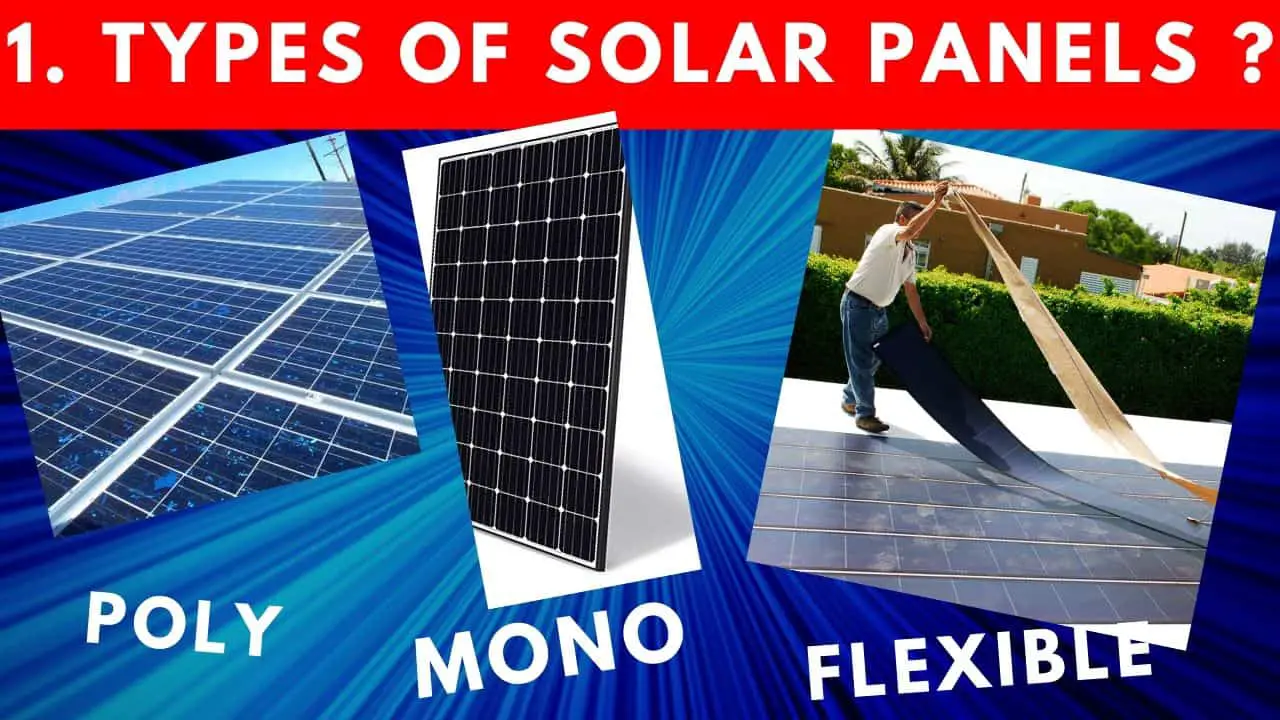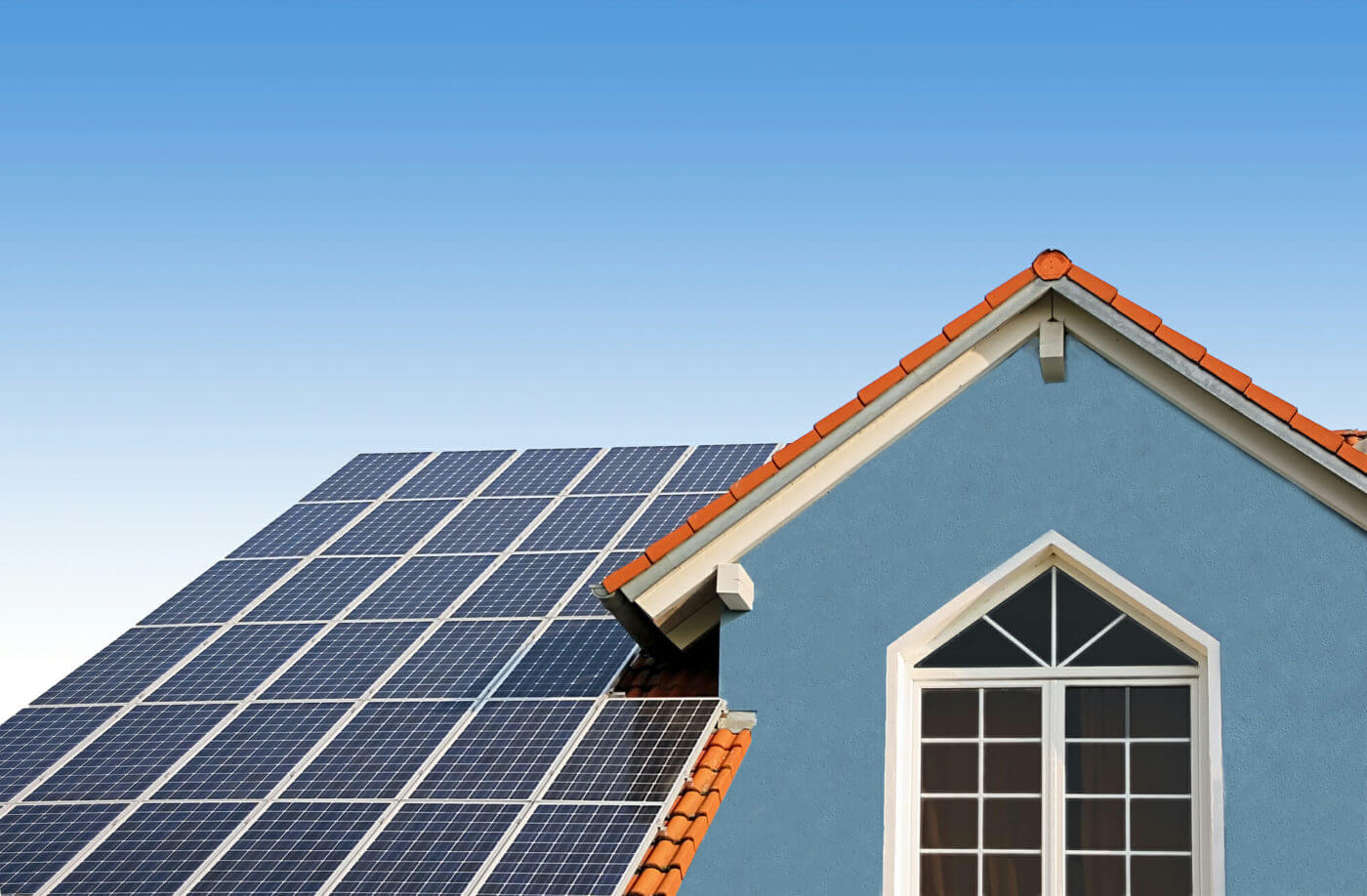Solar Systems - Truths
Wiki Article
The smart Trick of Solar Systems That Nobody is Talking About
Table of ContentsMore About Solar SystemsSolar Systems - The FactsA Biased View of Solar SystemsThe Best Guide To Solar Systems
There are 3 different types of photovoltaic panels: monocrystalline, polycrystalline, and also thin movie. Monocrystalline solar panels are highly effective as well as have a sleek design, yet come at a higher rate factor than various other photovoltaic panels. Polycrystalline solar panels are cheaper than monocrystalline panels, however, they are less effective and also aren't as aesthetically pleasing.Nowadays, there are numerous varieties of monocrystalline photovoltaic panels on the market to select from. Passivated Emitter and also Rear Contact cells, even more typically referred to as PERC cells, are becoming a significantly preferred monocrystalline choice. PERC cells go with a different production and assembly procedure that enhances the quantity of electrical energy the cells can generate.
Because monocrystalline solar batteries are made from a single crystal of silicon, electrons have the ability to conveniently stream throughout the cell, increasing overall effectiveness. Not just do monocrystalline panels have the greatest effectiveness scores, they typically additionally have the highest power capability ratings, too. Many monocrystalline panels on the market today will certainly have a power result rating of at the very least 320 watts, but can rise to around 375 watts or greater!.
Because polycrystalline cells consist of multiple silicon cells, the electrons can stagnate as easily and as a result, reduce the performance of the panel. The lower performance of polycrystalline panels additionally means they often tend to have a lower power result than monocrystalline panels, typically ranging between 240 watts as well as 300 watts.
More About Solar Systems
4% performance With thin movie cell models. In order to meet your energy requires, you would certainly require to mount even more thin movie panels over a large area to create the same quantity of electrical energy as crystalline silicon photovoltaic panels. This is why thin film solar panels do not really make feeling for residential installments where room is restricted.The temperature coefficient informs you exactly how much the power output will lower by for every single 1 * C over 25 * C the panel gets. The basic temperature coefficient for mono and polycrystalline panels generally drops someplace between -0. 3% and -0. 5% per * C. Thin movie panels on the other hand, are around -0.
With some thin film panels, it's hard to even see the individual cells within the panel. They also have a tendency to have much less electrical click this link wiring and also busbars, indicating there's much less white room. Nonetheless, because they are so ineffective, you would need to cover your entire roofing in slim film panels - which might or may not be your style.
/types-of-solar-panels-pros-and-cons-5181546_finalcopy-93f1db65349840bdba2822f75fa592f9.jpg)
Some suppliers have actually functioned around this with black packaging or forming the cells differently, but these aesthetic changes can impact both the price and also efficiency of the click reference panels. On the whole, monocrystalline panels still look smooth, however they're a bit extra obvious than slim film panels. solar systems. The process in which polycrystalline solar cells are made triggers the cells to have a blue, marbled appearance.
Rumored Buzz on Solar Systems
If you're on a tight budget plan, polycrystalline panels could make even more sense for you. We do not advise slim movie solar panels for domestic setups - their efficiency and resilience do not make the inexpensive worth it, as well as it's not likely you'll have nearly adequate space to install the number of slim film panels you would require to cover your house electrical power use.Given that they are made from pure silicon, they can be readily identified by their dark black shade. Making use of pure silicon additionally makes monocrystalline panels one of the most space-efficient and longest-lasting among all 3 solar panel kinds. This comes at a cost a great deal of silicon is wasted to generate one monocrystalline cell, occasionally getting to over 50%. solar systems.

Amorphous silicon panels (A-Si) derive their name from their unformed nature. Unlike mono-and polycrystalline solar batteries, the silicon is not structured on the molecular degree. Generally, an a-Si cell requires just a fraction of the silicon required to generate regular silicon cells. This allows them to have the most affordable manufacturing expense, at the expenditure of performance.
The Basic Principles Of Solar Systems
$0. 32-$0. 65 $1 $1. 50 $0. 70 $1 $0. 60 $0. 70 $0. 50 $0. 60 $0. 43 $0. 50 Note that these numbers do not include the cost of installation and also find more labor. With labor and various other above factors, the overall can climb to $2. 50 to $3. 50 per watt.
This means that thin-film panels can be a good option for hotter settings or areas that experience even more sunshine throughout the year. The upgraded International Building regulations of 2012 requires photovoltaic panels to match the fire rating of the roof covering where they are installed. This is to make certain that the modules do not accelerate the spread of fires in the event of a fire.
Report this wiki page